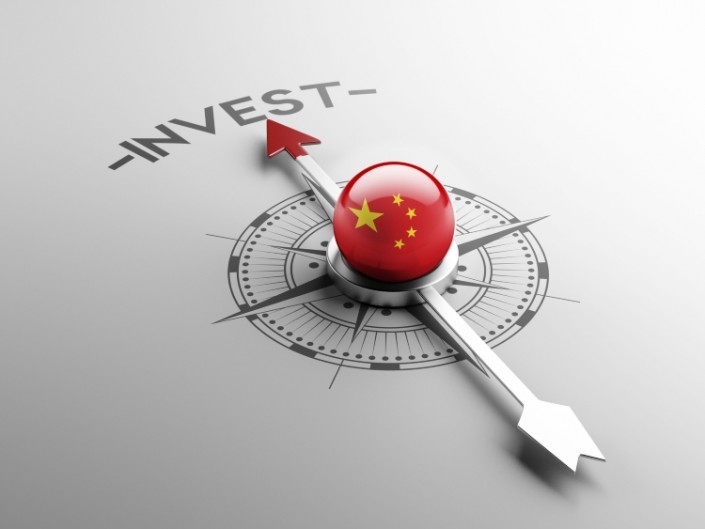Failing to meet expectations
The impact of all those mergers, acquisitions and greenfield investments cannot be underestimated. But quantity does not guarantee quality, and studies show that an alarming proportion of deals fail to meet their expectations. According to research carried out by the UK’s University College London with global human resources consultancy Mercuri Urval International, up to 75% of M&A’s don’t reach their strategic goals.
That means that more than half of these investors failed to secure their investments. The joint research paper, Managing Private Equity Buyouts – Cracking the Human Element, shows that this failure tends to be caused not by financial or legal matters, but by the so-called soft factors: those intangible assets known as people.
Why are companies so loath to consider the human element of their investments? After all, senior staff pay a lot of lip service to their employees.
There’s the (often untested) assumption that what works at home will work abroad, so potentially different mindsets, behaviours and habits need not be accommodated. For those inexperienced in cross-border activities, it’s easy to underestimate how quickly such differences can escalate into difficulties.
Concerning Sino-German M&A transactions, those subjects often relate to management culture and market demands. Management styles in China are highly autocratic, with hierarchical structures delaying decisions and negotiations for a considerable amount of time. This also transfers to employees and their way of handling things. German employees, on the other hand, are rather hands-on and used to do things on their own. Clashes in every day work are easy to imagine. What is needed is constant communication and mediation on part of the management team.
At the same time, even M&A old hands are in the habit of convincing themselves that human assets just can’t be measured. And if they can’t be measured, they needn’t be assessed, so M&A consultants direct their focus to tangibles such as market share.
As respondents to the University College London/Mercuri Urval survey admitted, fall-out from such short-sightedness can be damaging. Neglecting key people in a deal can force them to jump ship, and when that happens motivation throughout the company crumbles and productivity is hit.
Alternatively, to keep that ship steady in the short term, senior staff are often generously compensated. However, as some HR advisors warn, that’s just papering over the cracks. Throwing money at the problem potentially stores up more problems.
Turning a risk into a benefit
But it doesn’t have to be like this. By embracing rather than neglecting human assets, they can be transformed from a risk into a benefit.
The likelihood is that a successful M&A has a well-articulated strategy – be that a new or existing one. It is then up to those in charge to consider the human factors required to implement that strategy.
At this point, the type of managers needed can be identified. Then it’s a case of working out whether the existing managers have the potential to perform well in this new world, or whether new blood outside the company needs to be sought. And this is where measuring comes in: through capability modelling, characteristics can be thoroughly assessed so that employment and recruitment decisions have a rock-solid basis.
If new managers are needed, there is now a precise structure through which to identify the right people.
People as a source of competitive advantage
While it’s not rocket science, it is a science of sorts. In short, before any merger or deal, potential targets should be based on their people capabilities. During a merger, a ‘people due diligence’ should be completed as early as possible, to match existing talent against strategic demands. And for the post-merger integration, talent needs to be retained, developed and sometimes recruited to ensure the deal’s objectives are successfully realized in the long term.
Conclusion
Getting the human element right can make all the difference to any deal, and has the potential to be the future source of competitive advantage.
About the Author
Michael Güttes is Vice President of Mercuri Urval, an international Human Resources Consultancy with more than 40 years’ experience. Mercuri Urval helps clients to secure their investments with Board&Executive Search, Post Merger Integration, HR Due Diligence, Talent Management and Business Transformation. www.mercuriurval.com
Useful links: We further recommend this article on IT Due Diligence.
Michael Güttes ist Gastautor.





